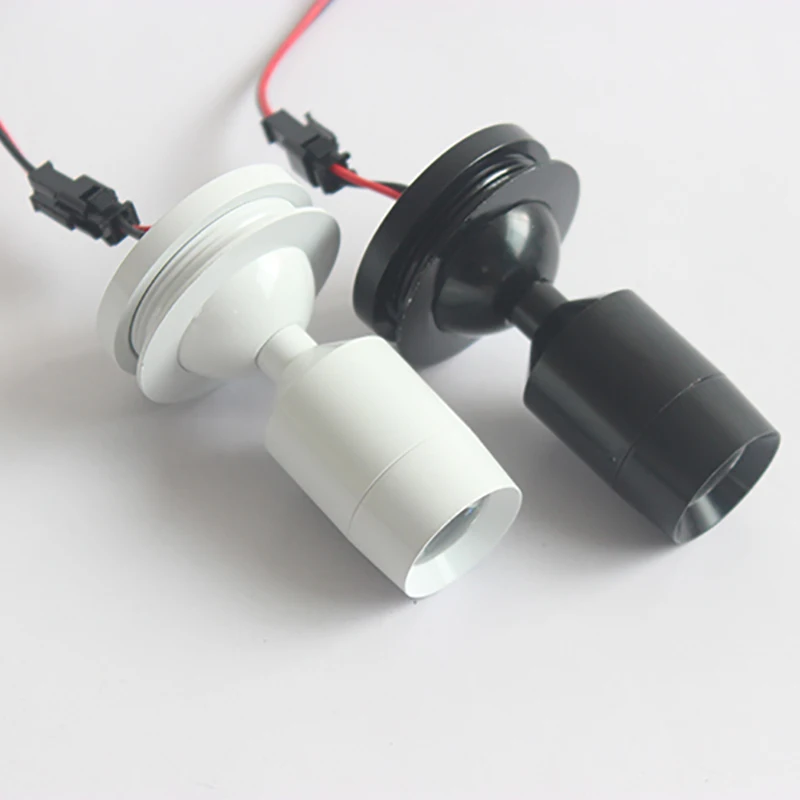

The speakers sound a little boxy, but midrange and high frequencies play loud and clear without audible distortion. The audio quality is a cut above the norm for sure. HDR10 worked perfectly, but sadly, there is no Dolby Vision.
#SMALL LED PANEL TV#
The frame rate automatically matches content like 24 fps for film or 50 fps for European TV shows. Daylight scenery is very bright, not harsh, but too much for a darkened room. However, I wished for some sort of brightness adjustment. I preferred Mode 1 for the Variable Backlight here it has the deepest contrast.
#SMALL LED PANEL MOVIE#
When you sit three or four feet away, it creates an immersive image that’s great for a movie or TV series. Though 32 inches is a bit smaller than the average TV, the XG321UG is a perfectly capable television with a streaming box connected. It works seamlessly for both static and moving content. And I never saw any instances of backlight flickering or dimming.

Since it uses zone dimming to achieve its goals, colors look more saturated. It provides deep blacks and bright whites without crushing any shadow or highlight detail. It has three modes, of which number one is the best. Native contrast is better than typical IPS panels at around 1,200:1, but you can up that ratio by using the Variable Backlight feature. No matter what color gamut you use or whether it’s SDR or HDR, the picture is razor-sharp with beautifully saturated color. The XG321UG delivers a stunning image for both work and play. If you’d like to optimize your XG321UG, check out my settings below. You can also toggle the variable backlight on and off and select from three modes of operation. When it’s turned on, the gamut will change automatically with signal type.
#SMALL LED PANEL FULL#
If you want the full color space for all content, turn off the SDR Colors sRGB option. I also found the custom color temp to work well in HDR mode. The settings work identically for either sRGB or Rec.2020 color gamuts which is nice. The XG321UG doesn’t need calibration in its Standard mode, but a slight improvement is possible with a few adjustments to the RGB sliders. ViewSonic Elite XG321UG Calibration Settings The Elite RGB feature has controls for the base or rear LED arrays with a variety of colors and effects to choose. You can also display signal info and program the joystick to provide quick access to some monitor functions. The Setup menu has three crosshair shapes available in green or red. You can also display a frame rate indicator. There are options for the monitoring window’s size and location. By making a USB connection to the PC, then plugging a compatible mouse into the special green USB port, you can see your control delay in real-time as you play. The XG321UG is the first non-360 Hz screen I’ve seen that includes the Nvidia Reflex Latency Analyzer. Mode 1 looked best with the deepest blacks. There are three modes that modulate the backlight more or less aggressively. It works well without crushing detail, upping the SDR contrast ratio to around 6,000:1. You can also use the variable backlight in SDR mode to improve contrast.

When an HDR signal is detected, the monitor switches to its full native gamut, which is quite large, over 84% of Rec.2020. By turning the SDR Colors sRGB option on, you can use sRGB for all SDR content. The XG321UG is one of the few wide-color screens with a selectable gamut. They’re a bit aggressive at times, so I recommend using them sparingly. Auto Brightness and Auto Black Level work with the sensor on the panel’s front to tweak the image automatically. The RGB sliders are very precise and can get the grayscale errors down to a super-low level. You can choose between four color temp presets and five gamma options.

It doesn’t need calibration, but a few tweaks put the XG321UG on par with the very best displays I’ve tested. There are nine picture modes in total, with Standard being the best one for accuracy. As you’ll see in the benchmark tests, the XG321UG excels in image fidelity and performance. Accuracy is assured out of the box, and there’s even a near-perfect sRGB mode for SDR content. Extended color comes courtesy of a quantum dot film which takes the color gamut well past DCI-P3, all the way to 84.28% coverage of Rec.2020. HDR contrast is over 70,000:1 thanks to that fancy backlight which can shut down any part of its 48 by 24 zone array. Peak output is rated at 1,400 nits in HDR mode, but I measured over 1,700 with a window pattern. The IPS panel has the same Mini LED 1152-zone backlight as the Asus. When it comes to image quality, the XG321UG leaves nothing on the table.


 0 kommentar(er)
0 kommentar(er)
